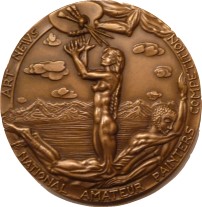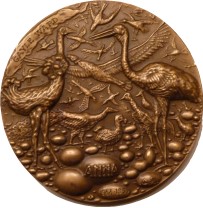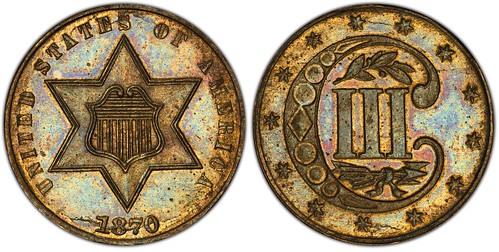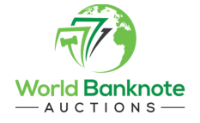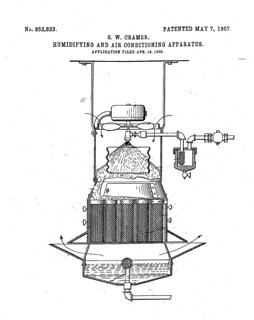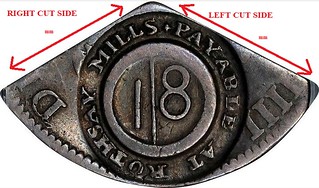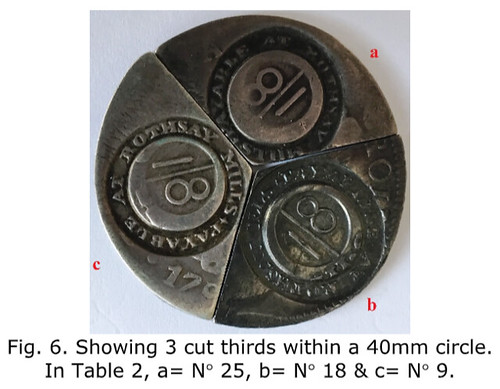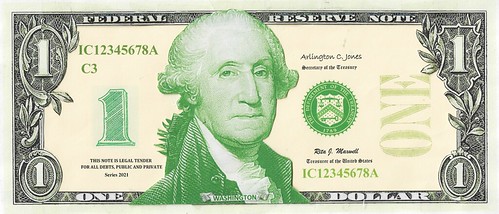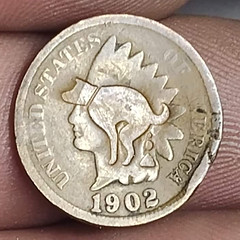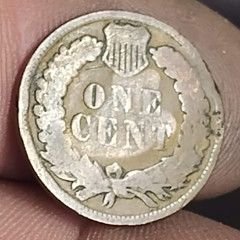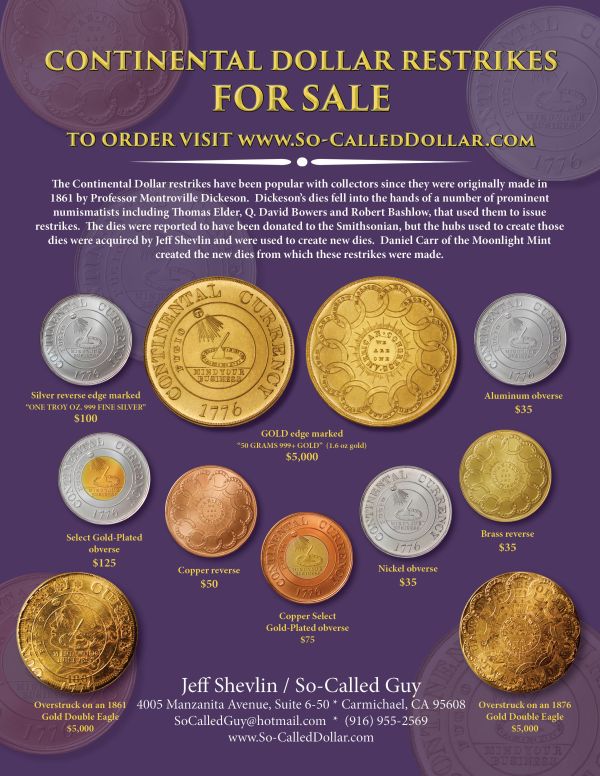
PREV ARTICLE
NEXT ARTICLE
FULL ISSUE
PREV FULL ISSUE
NOTES FROM E-SYLUM READERS: DECEMBER 24, 2023
National Amateur Painters Competition Medal "Regarding your notice about David Smith and his Medals for Dishonor, I thought you might be interested in this other medal by him. In 1949, David Smith was commissioned by Art News to create a prize medal for the National Amateur Painters Competition. He signed the 70mm medal on the reverse with the Greek letters ? S. The example here was awarded to Gayle Ward for the 1954-1955 competition." Thank you - nice medal. -Editor Judy Blackman edits the Nashua Numismatist for the Nashua Coin Club. She writes: "This is so funny Wayne. I just put the Medals of Dishonor (14 of the 15) in an article in the NCC newsletter (Jan. issue) as there is already a 2-page article and asked the other members of the team to not submit anything on him for our 20th century artistic medals topic, and then today I open my E-Sylum and there's two articles pertaining to David and his medals. I was missing the book in our article, so I'm going to add that. Just letting you know Wayne, as I didn't want you to think I stole your idea and content. David was a remarkable artist to document some very serious times in our world history. As always Wayne, thanks so much for all that you do!" Great minds think alike! Actually, I don't think I'd ever heard of David Smith until I saw the Harvard press release. He did great work! -Editor
For more on Smith's life and work, see:
To read the earlier E-Sylum articles, see:
Michael Kirzner Information Sought "I read with interest the article by Pete Smith. As part of my research for my 3c pattern book, I have been trying to elicit more information regarding Michael Kirzner. In 1974-1975, he published a number of Fixed price lists out of Boston under the name American Gold Exchange. These Fixed price lists in the Summer 1974 had a significant number of patterns, many of them unique. It was one of the most significant listing of patterns ever in a series of fixed price lists. "My particular interest has been J-804 which was first ever listed for sale by Elder 4/11/1935 of the Adams/Parker Collection , then was noted in the Farouk Palace collection of Sotheby in 1954. It then shows up in the American Gold exchange FPL in 7/17/1974. It has not been sold or certified since that time. Romano had 50 patterns in his Stacks sale. "The question begs, how does a recently convicted, seemingly obscure dealer come into the possession of such a collection? If anyone has further information regarding Michael Kirzner, I would appreciate to hear back." I located a PCGS CoinFacts image of the J-804A pattern, but Mike set me straight - see his followup comments below. -Editor Mike adds: "J-804 has never been photographed. Interestingly, the J-804 was listed in the American Gold Exchange 7/17/74 price list as its only listing. This is at the same time the 5th edition Judd book comes out in 1974 listing J-804A for the first time. The J-804 is never listed again in these FPLs but the J-804A is now listed in the American Gold Exchange price lists 9/11/1974, 10/16/1974, 2/26/1975, and 3/26/1975 at the same price as the J-804. So either the J-804 was immediately sold or it was re-characterized as J-804A. A very large number of these patterns from the American Gold exchange find themselves being sold in the Bowers/Ruddy Winthrop collection of 9/19/1975, which I suspect this one pictured was. However, I can not prove this definitely as Bowers/Merena listed a J-804A in a fixed price list on 7/18/1990 - this has also never been photographed or certified. The Winthrop collection had 141 patterns listed for sale." Interesting research conundrum, and a perfect example of the utility of collecting numismatic literature. Can anyone help? -Editor
To read the PCGS CoinFacts article, see:
To read the earlier E-Sylum article, see:
World Banknote Auctions is hiring!
Intermediate knowledge of Photoshop, InDesign, Adobe Premiere Pro, Microsoft Office 365 is required. Knowledge of SEO, Google Ads, and Analytics is not required but is a plus. Interested collectors should email ryan@worldbanknoteauctions.com with a resume and past marketing samples.
Air Conditioning Pioneer Stuart Cramer
Three years later Cramer commented: "Cool" fact! Thanks. -Editor
To read the earlier E-Sylum article, see:
Coin Weight as Proprietary Information
On 30th March 2019 I wrote an article for the British Numismatic Society Blog entitled ‘Analysis of Cut 8 Reales Countermarked by Rothsay Mills'. It can be seen from this article the importance of the coin's weight for my research. When I contacted Stack's Bowers for the weight of lot 53299 their answer was ‘Unfortunately there is no way to get an exact weight as the coin is encapsulated.' Unperturbed, I contacted NGC (the encapsulator) to be told 'We do not record the weight of coins on the label or internally, but when coins come in for grading and encapsulation they go through many verification procedures to confirm that the coin is authentic. If the coin is authenticated we would proceed with grading and encapsulation of that coin. We wouldn't grade it if we were uncertain of the authenticity of it. Regarding the weight of the slabs by themselves, we are not able to provide that information as it is proprietary information.' Truthfully I could not believe what I was reading. Surely one of the standard forms for authenticating a coin is its weight? Without that it is difficult to be sure of the metal content and for medieval coins and earlier it is the weight that can confirm denomination. It now appears that if a coin is encapsulated then its weight is lost. That seems to me to be very poor management. I am assuming all the various firms doing encapsulation operate the same way. I would be very pleased to hear comments from your readers either confirming what I have written, or giving an alternative view. Does any reader know what the weight of an NGC capsule plus coin surround would weigh in grams? (Why should this be 'proprietary information'?) Interesting topic. It would make perfect sense to me that the grading companies would measure, weigh and photograph every coin, and publish the information somewhere even if it doesn't all fit on the slab label. Given that weight is an important factor in determining authenticity, perhaps they hold that information back to avoid giving counterfeiters too much information. Can anyone shed light on this practice? -Editor
Dollar Bill Design Idea Wayne Pearson submitted this dollar bill design idea. Thanks. -Editor
Pooping Pooch Counterstamp Here's one I came across myself on Facebook. I've misplaced the link, so I can't give credit for this, but thanks. Definitely an unusual counterstamp, but not an unusual sight, especially for someone like me whose window overlooks a neighborhood sidewalk frequented by dog walkers. -Editor
Wayne Homren, Editor The Numismatic Bibliomania Society is a non-profit organization promoting numismatic literature. See our web site at coinbooks.org. To submit items for publication in The E-Sylum, write to the Editor at this address: whomren@gmail.com To subscribe go to: https://my.binhost.com/lists/listinfo/esylum All Rights Reserved. NBS Home Page Contact the NBS webmaster 
|
